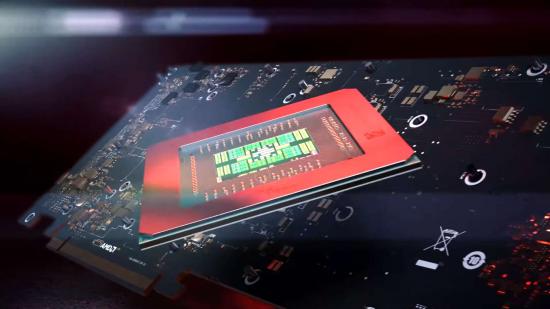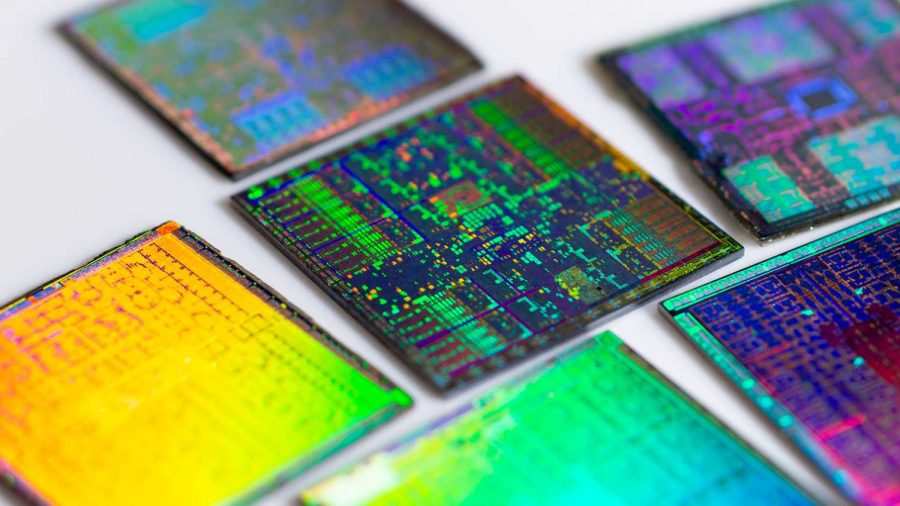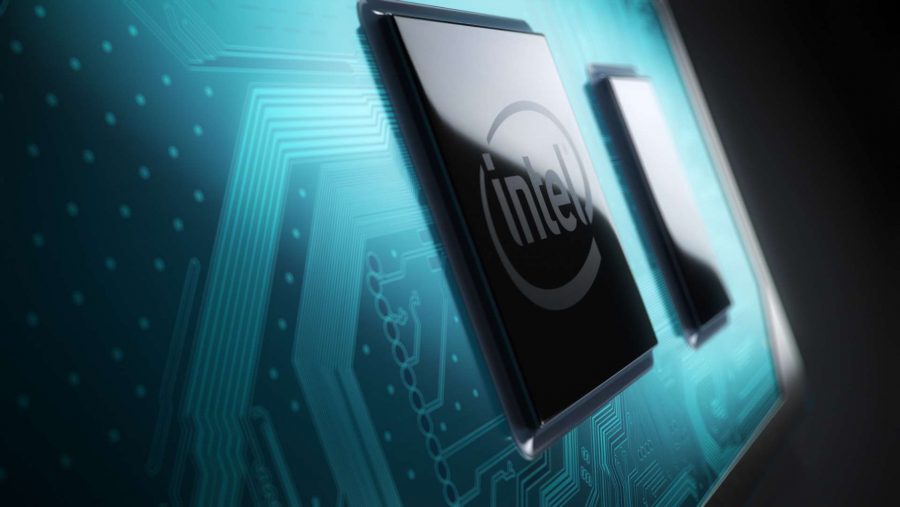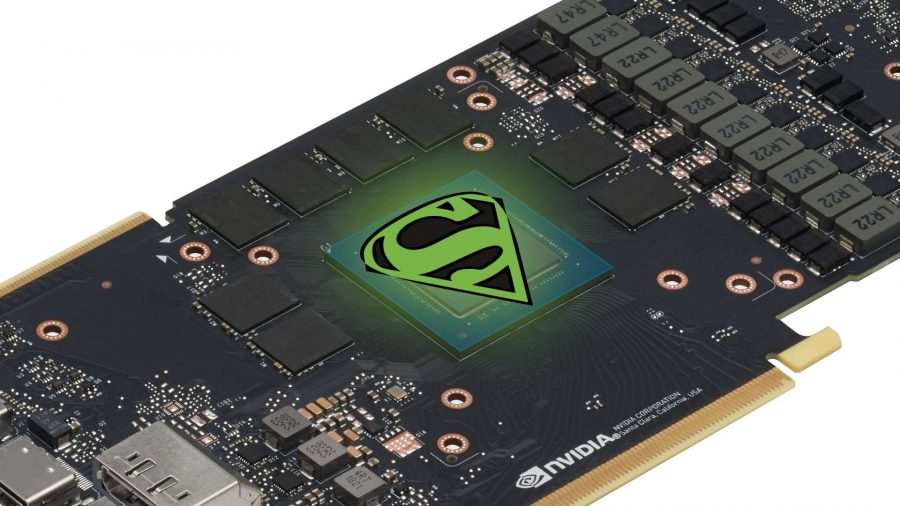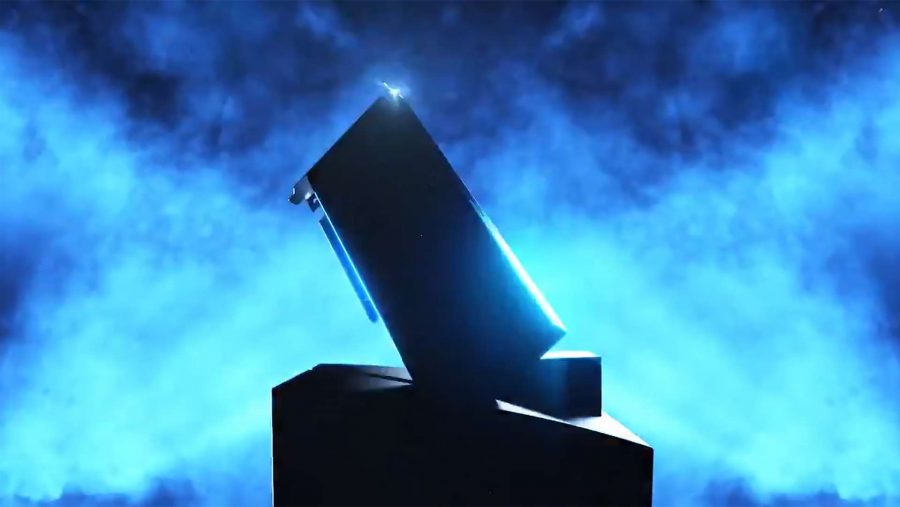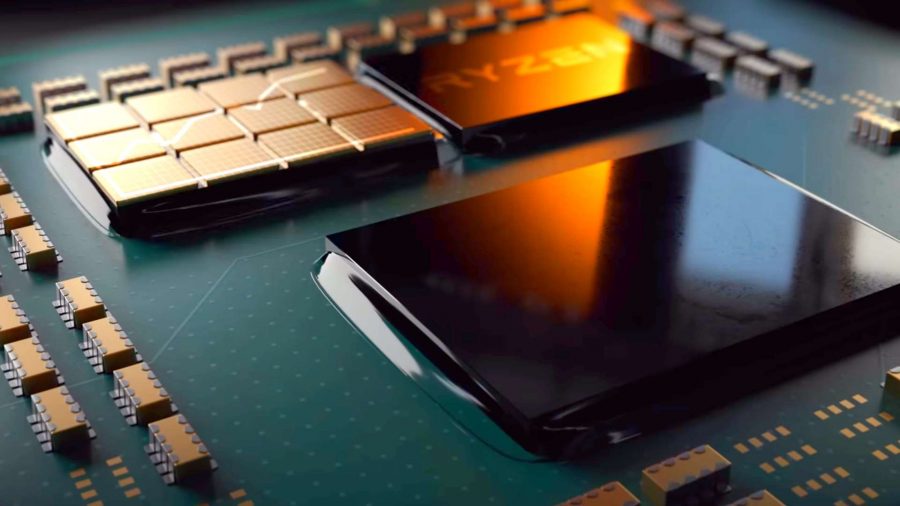The world of PC hardware is interesting again. I mean, it’s always been interesting watching the twists and turns of the silicon engineering, the pleasure and the pain, etc. but it’s so much more exciting when it’s not just one or two companies doing the techie good stuff. When everyone involved is pushing in the same direction, pushing each other forward, then we all benefit.
So thank the maker that AMD is coming off the back of Computex and E3 with some of the most intriguing, competitive hardware the company has ever produced. Because without team red on its game it’s a rather depressingly static industry where us PC gamers have to essentially put up with whatever we’re given.
Looking back on the last couple of weeks I’m reminded of a column I wrote many years ago, back in the dark ages when my words were printed on mashed up bits of dead tree. I blamed the barely iterative woes of the tech world of yesterday on AMD. We were all suffering from a complete lack of competition in the market and that was all down to the red team.
Intel ruled the CPU roost. Sure, it was putting out the best processors, with more raw gaming and compute performance than anything AMD could throw out for the same money, but it was increasingly sandbagging.
Head-strong: These are the best gaming headsets on the market
Resting comfortably on its laurels, Intel was producing ever more iterative updates of its existing chips, sticking resolutely to the notion that gamers wanted nothing more than four CPU cores, and should be happy to pay through the nose for the privilege of HyperThreading and the ability to overclock their own chips.

And it was all incredibly frustrating. But Intel could get away with it because there was no comeback, no real alternative. Of course AMD did have a few minor successes in that period. With some of the more affordable Bulldozer-based CPUs (and I’m including Piledriver, etc. in that too) it offered PC gamers on a budget something at least vaguely worthwhile. But, on the whole, we all bought Intel processors if we wanted the best gaming chips around.
With AMD’s failed Bulldozer gamble not paying off – betting that multithreaded performance would eventually trump any shortfall in IPC – Intel was basically free to do what it wanted… and it did.
The world of PC graphics cards was much the same, with Nvidia facing less and less of a challenge from the red team, again despite the few Radeon success stories here and there. With the GeForce obsession over efficiency, born out of struggles with a laggardly process node shrink, Nvidia began to pull away from AMD. It was able to offer high-performance GPUs that could offer ever-faster clock frequencies without the cards melting through the bottom of your PC.
And Nvidia inevitably began to push the prices up. But we all paid them, because we bought GeForce graphics cards if we wanted the best gaming chips around.
The PC gamer might have had access to the best hardware at that time, but without any competition pushing them, Intel and Nvidia were able to operate with impunity. It really was a dark time, and you could place the blame at AMD’s inability to compete. It couldn’t compete on engineering, it couldn’t compete on R&D, it couldn’t compete on marketing, it couldn’t compete at the stock exchange, and it couldn’t compete in the boardroom.
To be clear, while we may not have liked the way Intel and Nvidia were operating – and most of us didn’t – they were still creating the best hardware and only really operating in ways that come straight out of the classic capitalist playbook. It’s tough to blame them for building on their respectively dominant positions.
But blessedly it’s all changing now, and the Computex and E3 shows this year could mark a genuine watershed moment in PC hardware. AMD is making waves in both the CPU and GPU markets with the Ryzen 3000 processors and the RX 5700-series graphics cards. Two product ranges launching in July that are making PC gamers, Intel, and Nvidia all stand up and take notice. And probably panic.
AMD’s rivals are having to respond, and that’s going to have the effect of making the hardware market seriously, aggressively competitive again. And when there’s a genuinely competitive market, with everyone creating good product, it’s the consumer who wins.
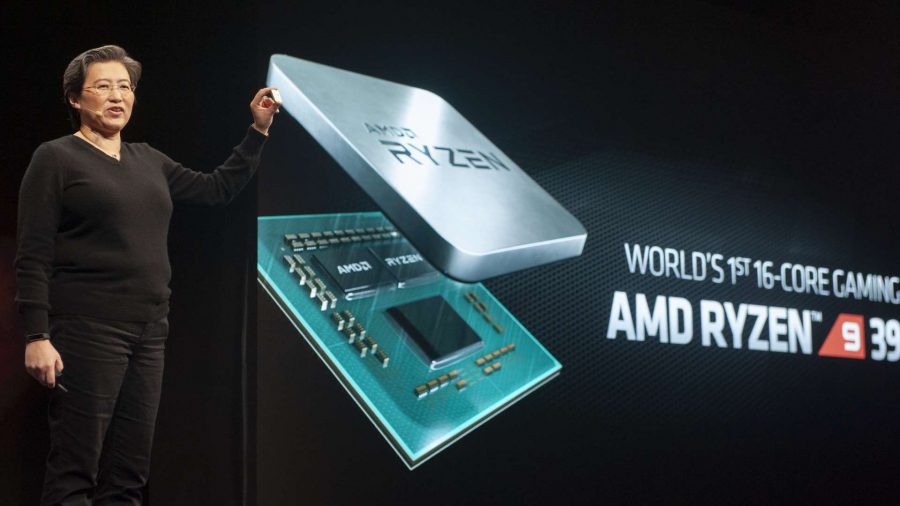
And that’s all thanks to AMD. Cheers Dr. Su.
While there are a lot of great people working at the company, making smart decisions throughout its various departments – despite Intel trying to steal as many of them as it can – you can largely trace all this positivity back to the appointment of Dr. Lisa Su as president and CEO. Put an engineer in charge of a tech company, let her focus on product, product, product, and this is what happens.
Though it’s not all down to specific AMD products – those smart plays with Ryzen, the evolving Polaris GPUs, and now with Navi – a large part of the reason that AMD’s engineers had the opportunity to engage in designing new CPU and GPU architectures is because of the breathing space afforded by the burgeoning semi-custom division that snapped up Microsoft and Sony as early, and now loyal customers.
The Intel response
There is a sudden flurry of activity from the dozing CPU giant that is Intel, and it knows it’s got to do something to even just get back on level terms with its main rival. But the fact is that, as much as it wants to challenge AMD to ‘come at me with real-world gaming performance, bro,’ it doesn’t have anything tangible to bring to the table any time soon to stand up to Ryzen.
It will point to its 10nm Ice Lake chips – which despite the numerical nomenclature it will say is actually the equal of AMD’s 7nm CPU process – but that’s a laptop part. Sure, Ice Lake’s got its own 18% IPC boost, which could still keep the Sunny Cove architecture ahead of a competing Zen 2 CPUs in gaming terms, but it ain’t hitting the desktop for a while.
Read more: Level up with the best gaming mouse
On the desktop we’ve got Comet Lake coming some time 2020, or later this year at the outside. That will give us a 14nm 10-core processor to somehow go up against AMD’s 7nm 12- and 16-core CPUs. That ain’t a good look when you’re trying to wrestle back the top technology title, and means Intel might have to do something drastic, and potentially very different, before we see 10nm+ desktop chips.
Maybe killing the K-series and unlocking all its processors for overclocking fans, maybe even dropping the pricing on its CPUs to give them a fighting chance. Maybe that’s already happening… Basically, all things that will benefit us as gamers while Intel tries to court our favour over AMD.
And remember, Intel’s not allowed to use any of the somewhat nefarious tactics it employed the last time AMD had a competitive architecture. And even when it can get its act together and come back against AMD its rival might decide to respond in kind too, creating a potential positive spiral of PC processing pricing and power.
Win.
The Nvidia response
Things are not quite so desperate in graphics. Where Intel is reeling from the game-changing potential of the Ryzen 3000 processors, Nvidia isn’t quite so cowed by AMD’s new graphics cards. Maybe that’s because the GPU market has been more competitive in recent times.
But Nvidia’s still got the fastest and most efficient GPUs, holding on to the psychological advantage that gives it in the minds of gamers. And, while evidently not of benefit to us consumers, Nvidia has been insulating itself to any potential Radeon resurgence.
We may not like it, I don’t think anyone does, but the incredibly high pricing, and shifting GPU tiers, of the RTX Turing cards, has given Nvidia a lot of wiggle room to position itself against the upcoming Navi RX 5700-series graphics cards.
For its part AMD has taken aim at select Nvidia cards with its new GPUs, targeting both the RTX 2070 and RTX 2060 in terms of specs, price, and performance. With that AMD has stuck to the new status quo then, and pegged its new graphics cards with the same high price points as Nvidia introduced with Turing.
But those cards may not be the right target because with Nvidia making Super versions of each of its RTX cards, it’s reportedly giving them close to the gaming performance of the GPU tier above them, but for pretty much the same price. This will effectively shift the graphics card pricing tiers back down again, and will probably mean that the targets AMD has picked out for its Navi cards won’t actually be where they’re currently aiming at.
Admittedly it’s mostly conjecture on what exact form the Super cards will take, but whatever the truth of the matter, Nvidia is going to release a refresh sometime this summer and AMD may end up having to drop the pricing of its RX 5700-series cards to match. Let’s hope there’s enough wiggle room in its Navi margins to manage it.
Though whether or not we actually want to buy an RX 5700 GPU, the very fact they exist has encouraged these rumoured Turing range shifts, and that’s going make things better for all us PC gamers whenever we come to buy a new card in the future. Thanks AMD.
And both red and green might have to change things up when blue arrives. Yes, while Intel is getting hosed in the CPU game it’s also opening up another front and hoping to compete in PC gaming graphics too.
And it doesn’t matter if Intel actually produces a seriously disruptive graphics card with the first Intel Xe GPU or not. If it can produce hardware that’s somewhere close, and then build on it with a rolling momentum, the increased competition in the graphics card market will only mean good things for us consumers.
Admittedly that’s a tough ask… but maybe Intel should hit up AMD’s Ryzen team for some pointers on that.
There are generally a lot of reasons to be negative about the world situation at the moment, but, while it can’t hope to offset the dark undertones of the 20-teens, I honestly think that if you want a reason to feel positive take a look at where the PC gaming hardware market is going to go.
It’s not because AMD will have the best products. It’s not that we should all rejoice because we can now have pure AMD-based gaming PCs and feel proud of the underdog story we’re sort of participating in. It’s that with three different hardware manufacturers, all creating top quality products, each will keep forcing the other to up its game, force them to think about what’s best for their business and, in those circumstances, the best thing is to appeal to as many PC gamers as possible.
And with each company vying for our attention – and of course our money – instead of them knowing they’re simply our only real option, we’re going to find ourselves facing an influx of fantastic new technology with the increased competition hopefully locking pricing at sensible levels.
That’s the power of positivity and the herald for a new golden age of PC gaming hardware. And we all know who to thank for that.
